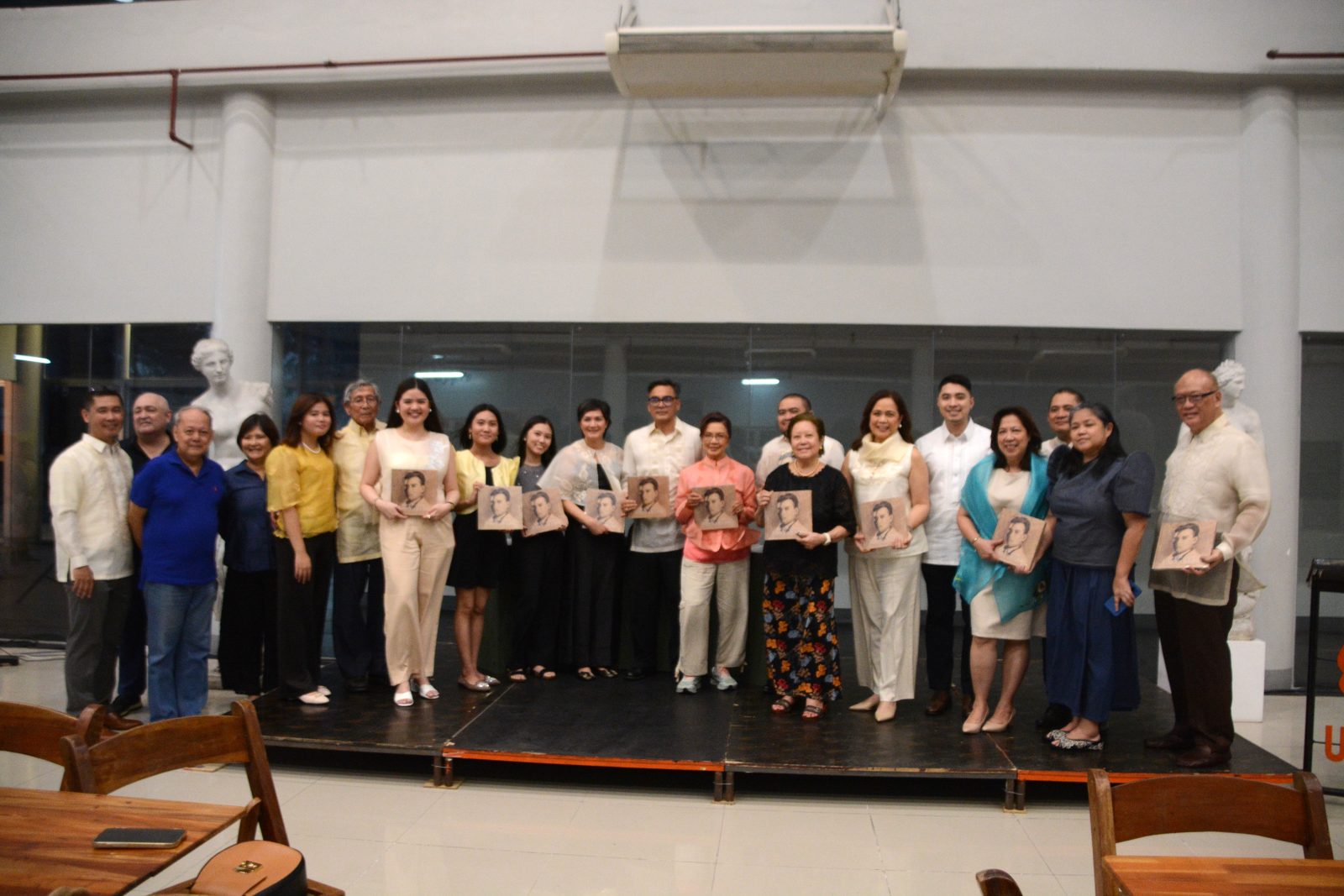Dominador R. Castañeda was said to be a teacher who paints and inspires. This was how Robert Paulino, PhD, a professor at the Department of Art Studies of the UP Diliman (UPD) College of Arts and Letters, described Castañeda, the former director (1955-1962) of the UP School of Fine Arts (SFA).
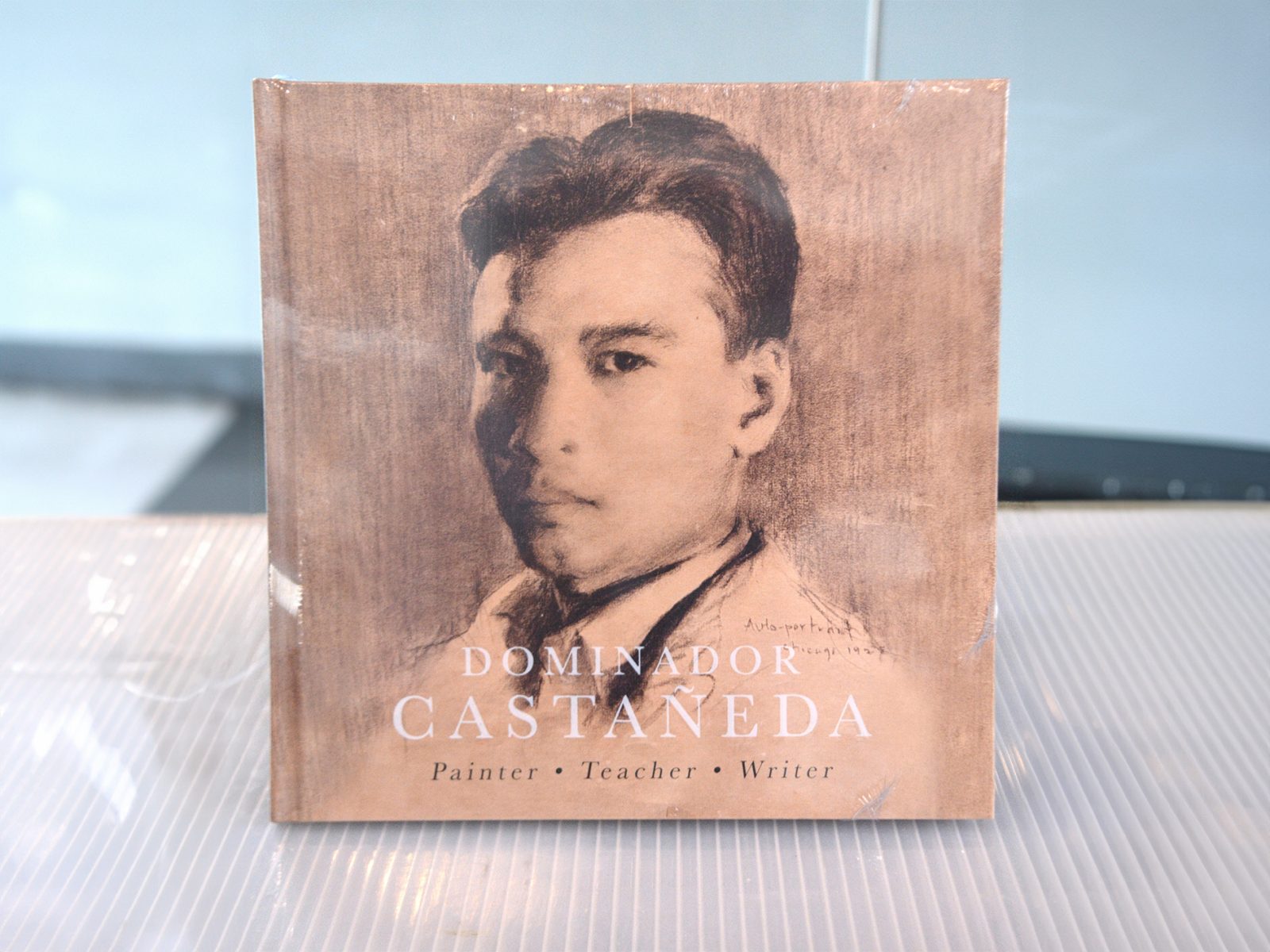
Interest in Castañeda recently surfaced as the UPD College of Fine Arts (CFA) featured his life and works in the book Dominador Castañeda: Painter, Teacher, Writer, launched on Oct. 12.
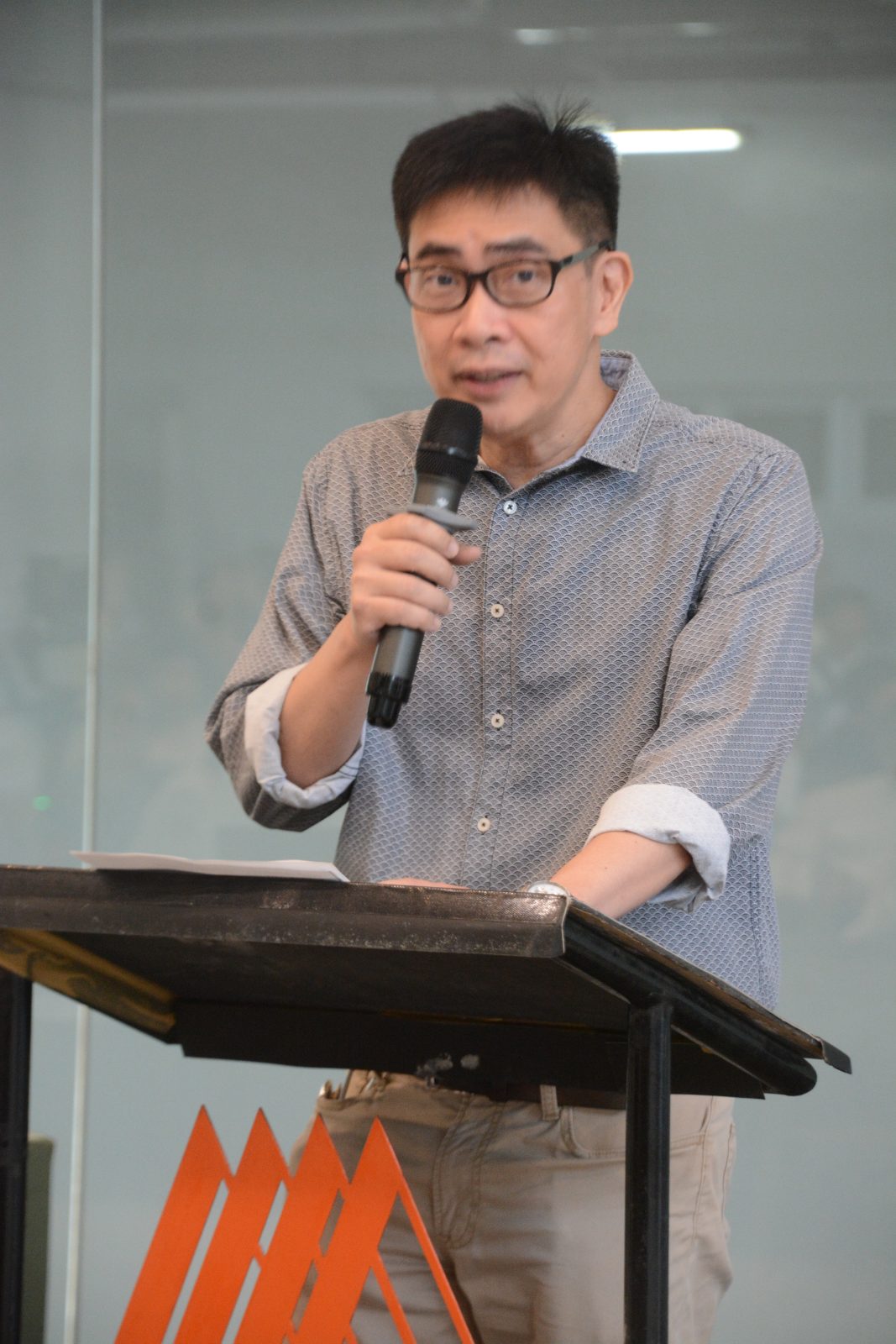
One of the book’s writers, Paulino said, “Whereas [Fernando] Amorsolo, et al. were painters and sculptors who taught, Castañeda appears to be a teacher who painted.” He added, “He valued instead mentorship and character formation.”
Castañeda taught at the SFA (1931-1932; 1939-1967) for 29 years and was its director from 1955 to 1962. He finished art education at the SFA in 1924 and art studies at the Chicago Art Institute in 1925.
His 1945 painting, Doomed Family, portrayed the hardships of Filipinos during the Japanese Occupation. It is now part of the National Museum of the Philippines collection. Castañeda passed away in 1967. In 1971, he was posthumously honored by the City of Manila with the Patnubay ng Sining at Kalinangan Award.
In researching for the book, Paulino learned from Castañeda’s son Porfirio that the artist-educator never mentioned his winning art competitions nor his travel to Mexico, and hardly his studies at the Art Institute of Chicago. He, however, often told stories of working in California to support himself and eating simple meals.
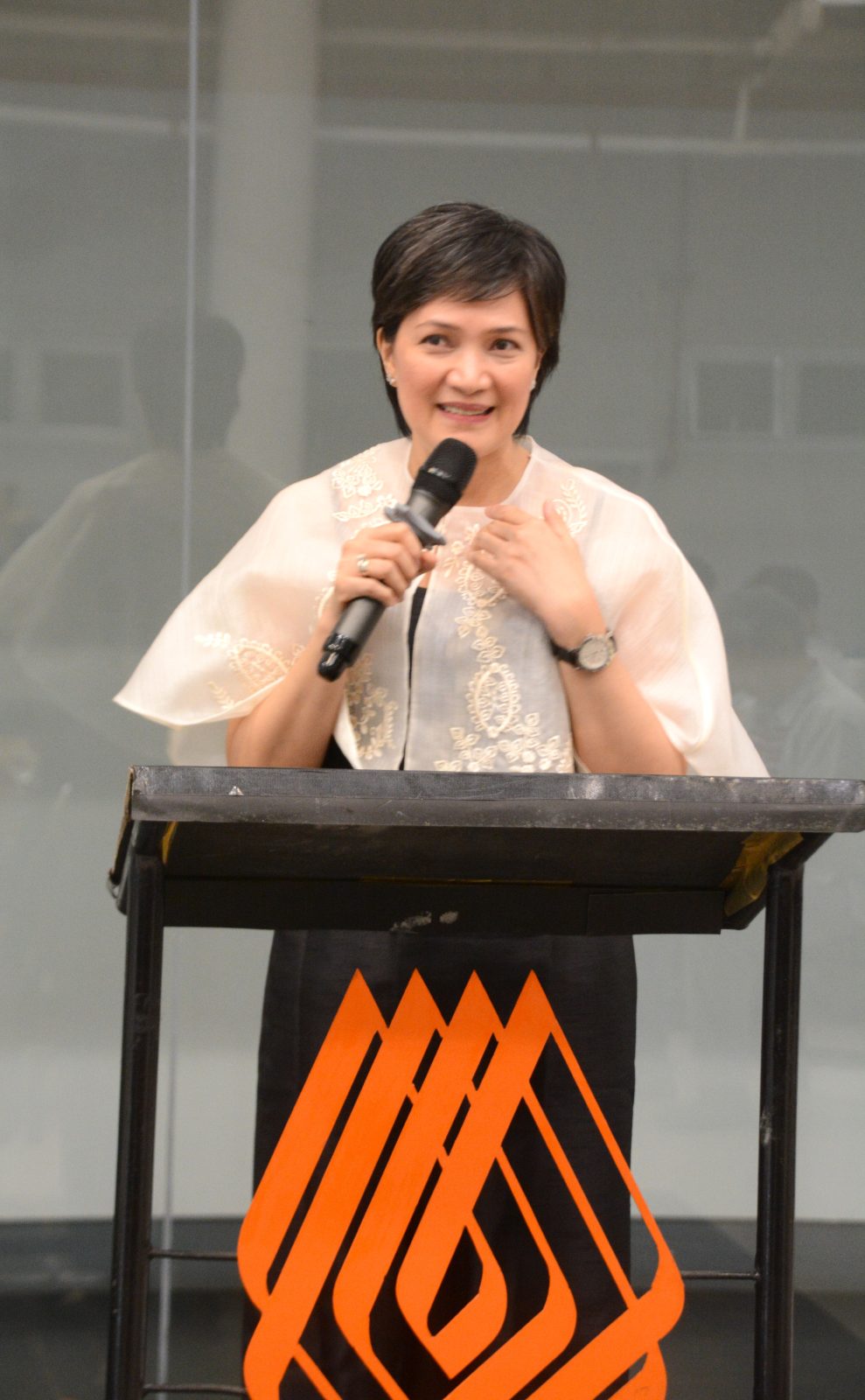
“Probably due to his experience in Chicago, he helped poor artists find local and foreign scholarships. His greatest legacy will be the artists who went through the University’s School of Fine Arts and became successful in their careers. A number even became national artists like [Napoleon] Abueva, [Jose] Joya, Abdulmari Imao, BenCab [Ben Cabrera], and Larry Alcala. Some of their letters and postcards are respectfully reproduced in the book. His impact on his students is measured not necessarily through stylistic influence but by his support and his inspiration,” Paulino said.
Angela Castañeda-Melo, Castañeda’s granddaughter and the book’s project director, said, “All these people saw the value of our story and how it’s still worth sharing with everyone else, aside from the family. I think his students saw that he was more than that [what was written in research materials].”
CFA Dean Marc San Valentin said the book is a fitting expression of the college’s gratitude as well as that of the writers, students who are now teachers, and several other practitioners.
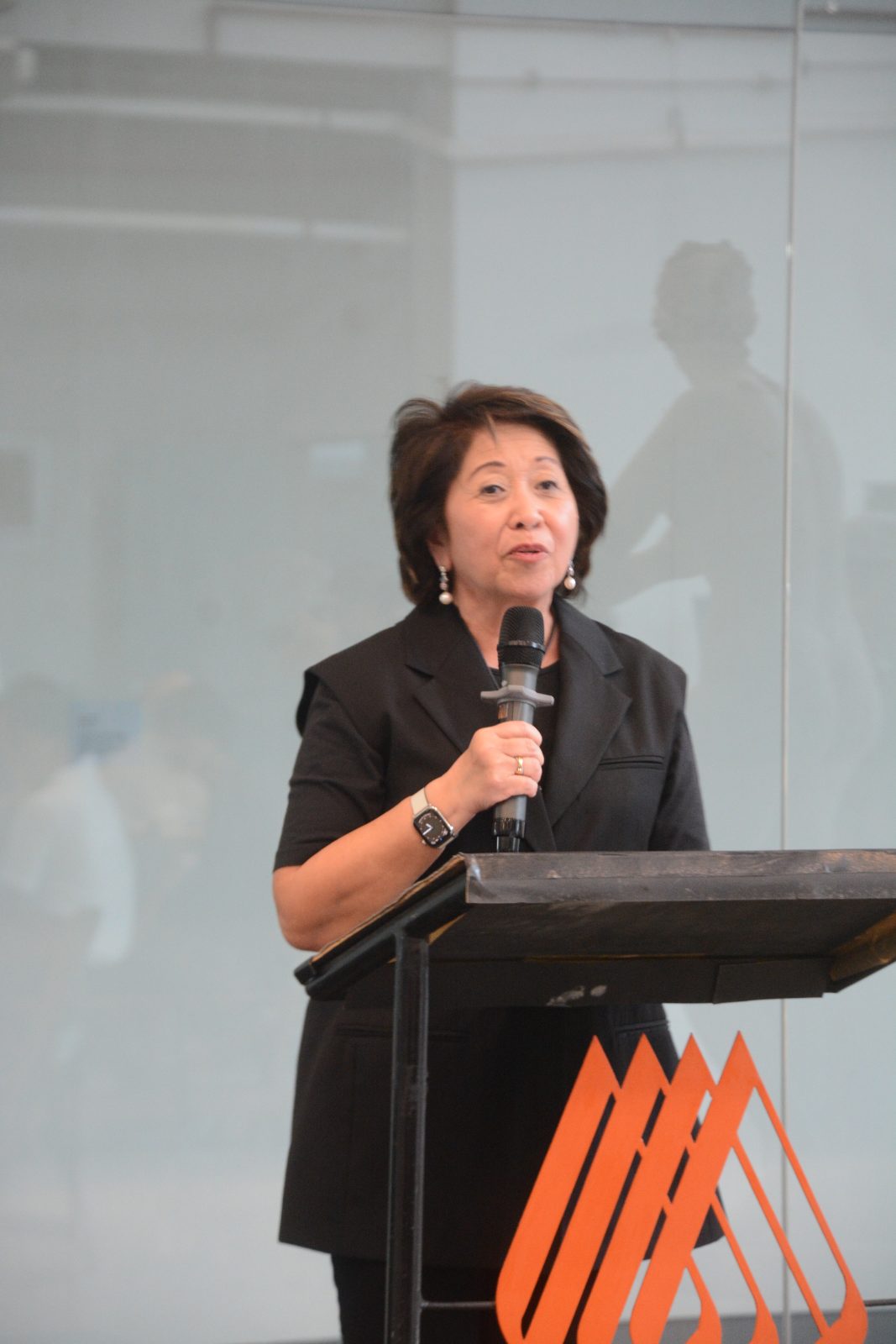
Meanwhile, former CFA dean and the book’s publisher Florentina P. Colayco said Castañeda was “a master who has lived amongst us, and he has left the college a legacy that inspires others after him.”
Following the book launch was the opening of the exhibit Dominador Castañeda (1904-1967): A Retrospective at the CFA Fine Arts Gallery or Parola.
The exhibit celebrated the legacy of the Philippine painter, educator, scholar, and historian whose life, contributions, and works remain unknown to many today. The exhibit runs until Nov. 9 at the Parola Multipurpose Hall.
Walk-in guests are welcome from Tuesdays to Saturdays, 9 a.m. to 4 p.m. For bookings, you may register at bit.ly/ParolaVisitorsForm or send an email to cfagallery.upd@up.edu.ph
For inquiries and copies of the book, contact Melo at +63-917-5373813 or Kaye Nuguid at +63-917-5641262.
